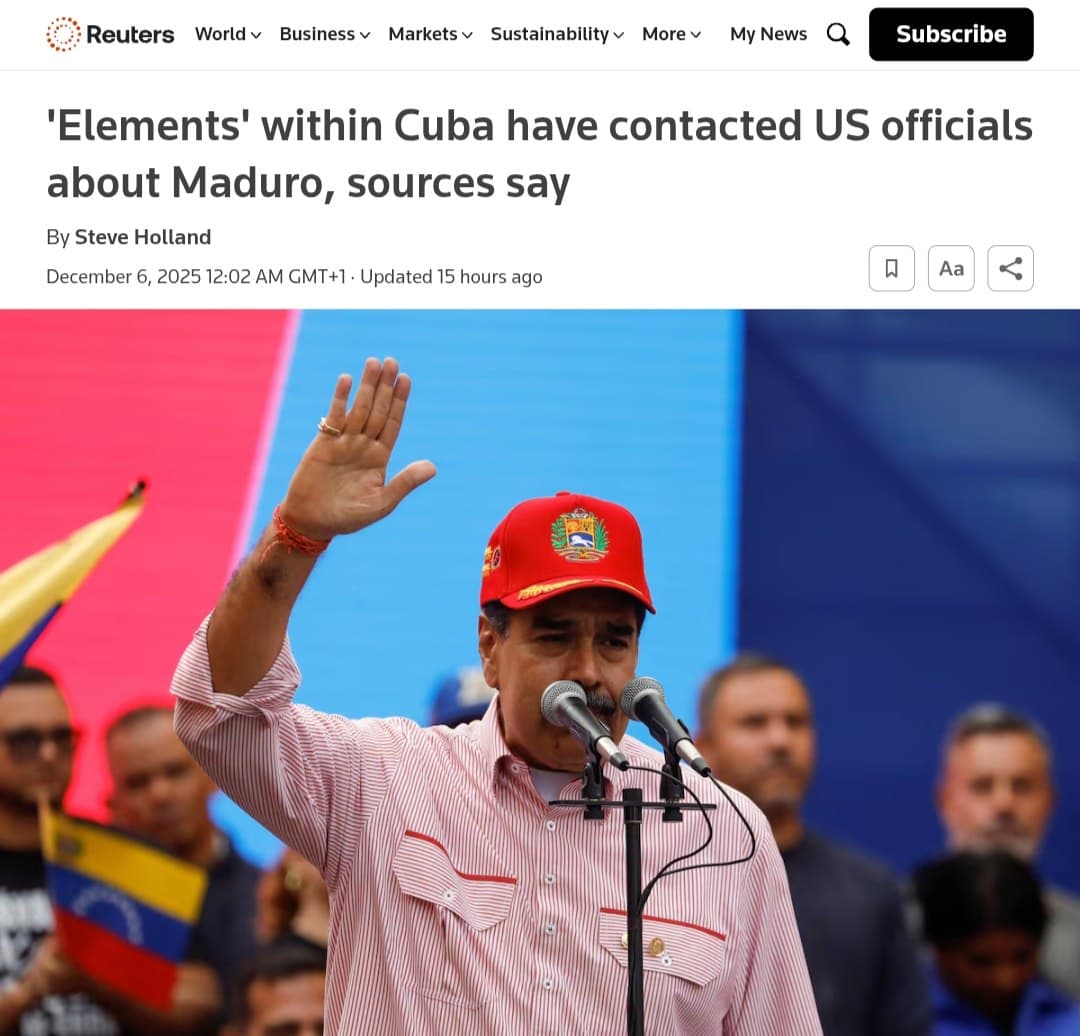Breaking: U.S. Weighs No-Fly Zone to Boost Air Support for Ukraine
In a significant escalation of its military support for Ukraine amid ongoing tensions with Russia, the United States government is reportedly considering the implementation of a "no-fly zone" over Ukrainian airspace. This development comes as Ukrainian forces continue to face increasing aerial assaults from Russian military operations. The potential policy shift was first reported by Reuters and reflects a growing urgency within U.S. leadership to enhance air support for Ukraine in its defense against Russian aggression.
Details on the Proposed No-Fly Zone
According to sources within the Biden administration, the proposal for a no-fly zone is under serious consideration as part of a broader strategy to reinforce Ukrainian military capabilities. A no-fly zone would prohibit all unauthorized aircraft from flying over a designated area, which, in this case, would be Ukrainian territory. This move could significantly restrict Russian air operations and provide a safer environment for Ukrainian ground forces.
While no official decision has been made, discussions are ongoing at high levels of government. The potential no-fly zone could align with other military support measures, including advanced weaponry and training for Ukrainian pilots. The U.S. has already committed billions in military assistance to Ukraine since the onset of the conflict, with the latest figures indicating that over $60 billion has been allocated to various forms of aid.
The Implications of a No-Fly Zone
The introduction of a no-fly zone could have far-reaching implications for the conflict in Ukraine and U.S.-Russia relations. Critics of the policy warn that enforcing such a zone may lead to direct military confrontations between U.S. forces and Russian aircraft, raising the stakes of an already volatile situation. Proponents argue that it is a necessary measure to protect Ukrainian sovereignty and to deter further Russian aggression.
Military analysts suggest that the effectiveness of a no-fly zone would depend on the U.S. and NATO"s readiness to enforce it. This would likely involve the deployment of fighter jets and surveillance aircraft to monitor and control airspace, which could escalate tensions further. In a recent statement, a senior U.S. defense official emphasized that any decision would be made with careful consideration of the potential consequences, both militarily and diplomatically.
What Happens Next?
The Biden administration is expected to continue its discussions on the no-fly zone in the coming weeks, weighing both the strategic benefits and the risks involved. As previously reported, the U.S. has also been engaged in talks with European allies to coordinate their responses to the ongoing conflict and to bolster Ukraine’s defenses through a comprehensive security plan. This week, U.S. Secretary of State Antony Blinken is set to meet with NATO allies to discuss collective support for Ukraine and the potential implications of a no-fly zone.
As the situation evolves, it is critical for observers to stay informed about the changing dynamics in the region. Recent developments in U.S. foreign policy, including recent developments concerning other international conflicts, may also influence the administration"s approach to Ukraine. The international community is closely monitoring these discussions, as the outcomes could reshape the geopolitical landscape in Eastern Europe.


![[Video] Coast Guard sniper takes out narco-boat in Eastern Pacific](/_next/image?url=%2Fapi%2Fimage%2Fthumbnails%2Fthumbnail-1765029104101-04awi-thumbnail.jpg&w=3840&q=75)



